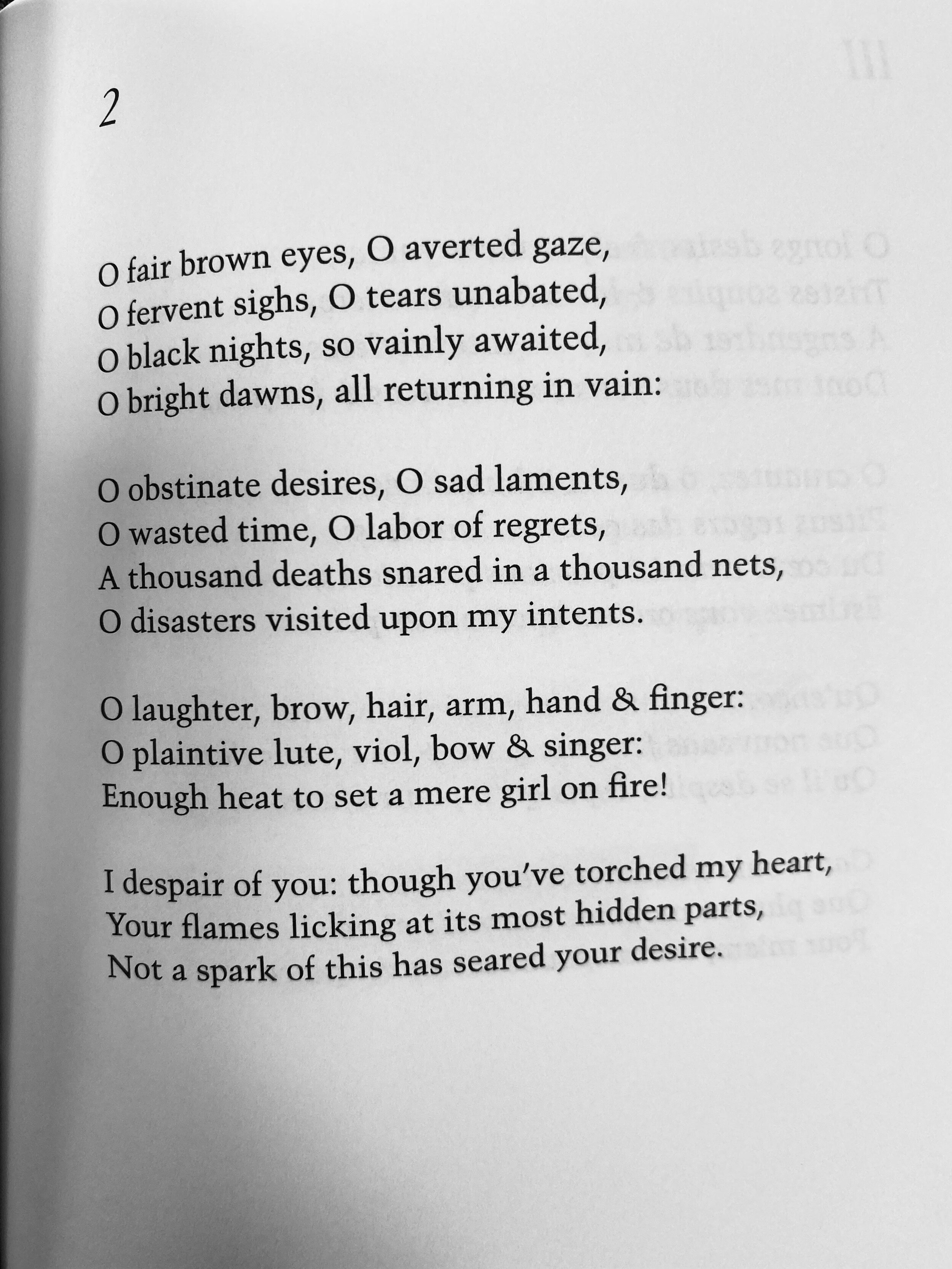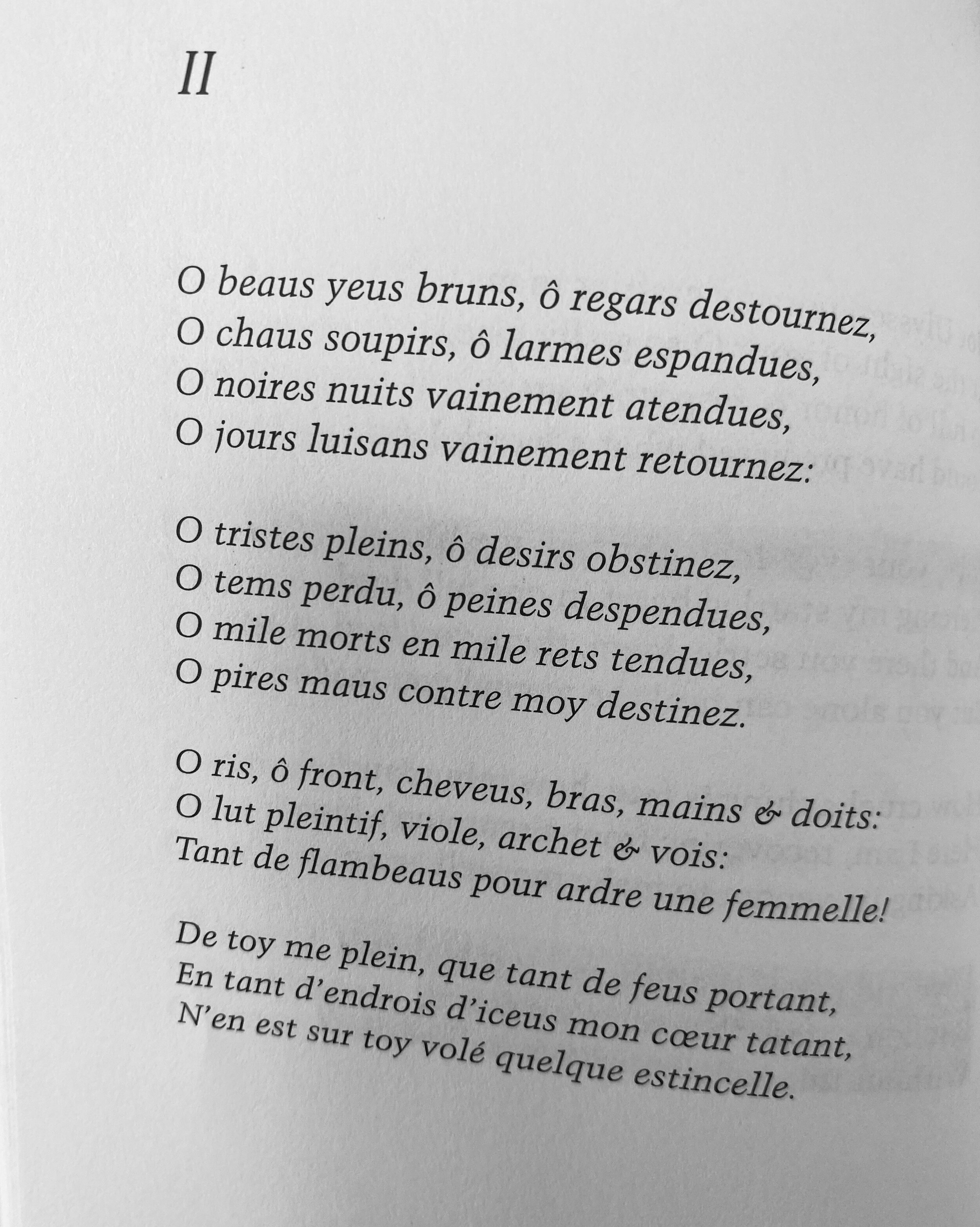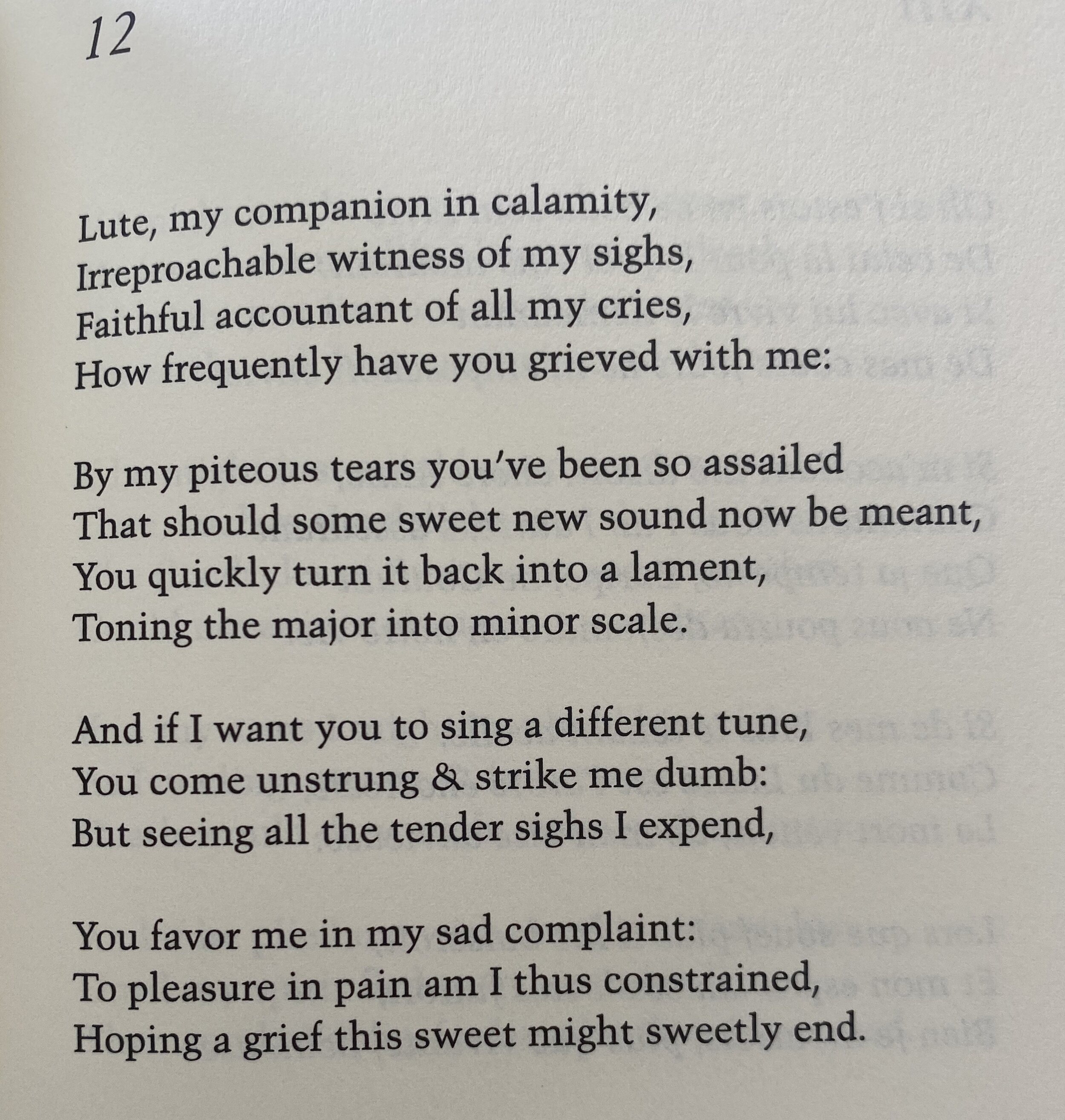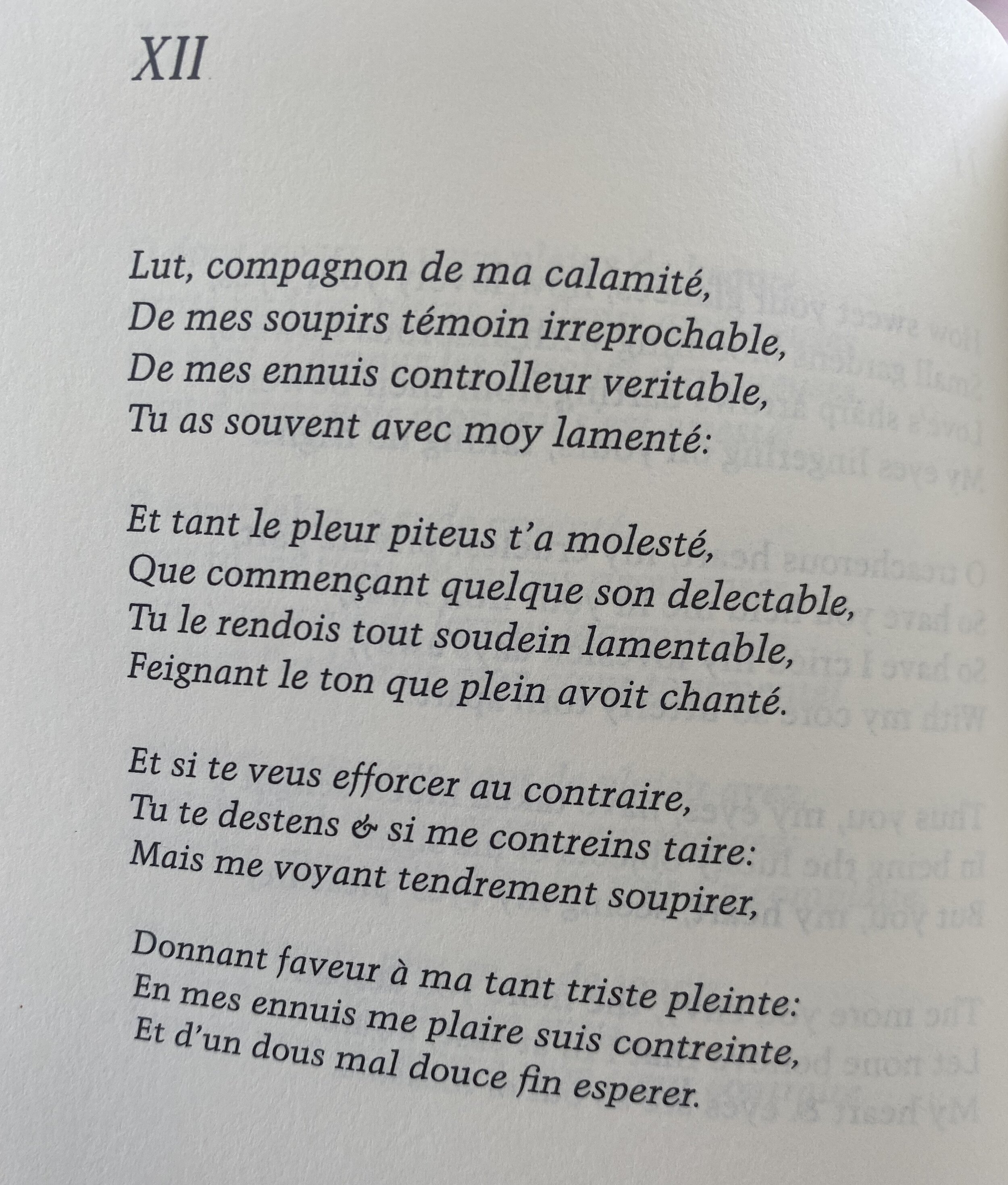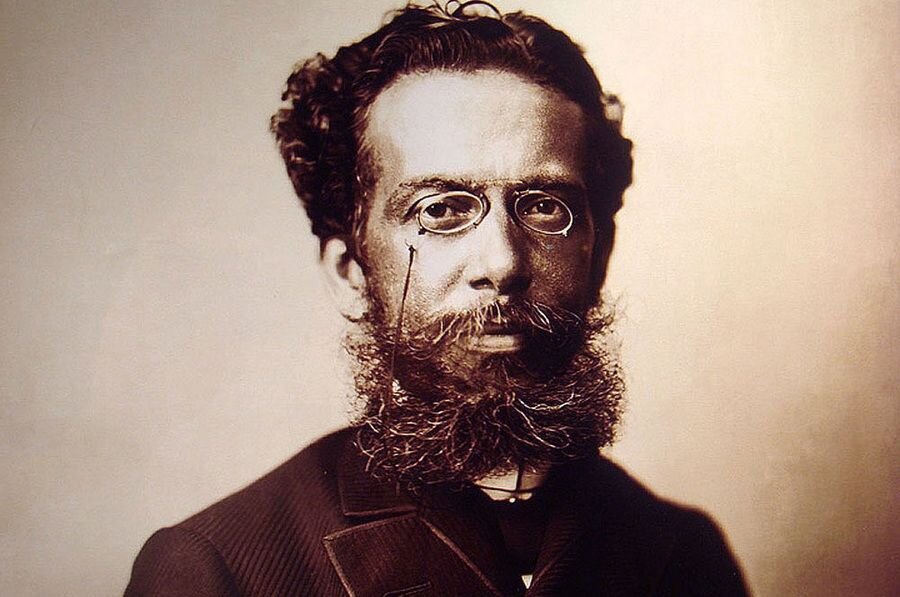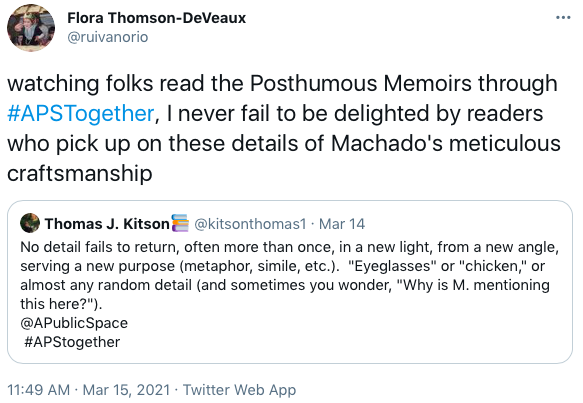Our neighborhood has magnolias trees that turn into babas at night. The retired probate judge to our left owns a dog that roams free. At night, the dog comes to the hill near our house and lets me pet him. He has fleas. I want to grow up so I can save money and drive the dog to a place that will help him stop itching. It hurts to watch him quiver and scratch, to watch the tiny dark dots leap from patch to patch over the abyss of white fur. I am already sorry for what we do to animals we can't claim to love. I vow never to have a dog or children.
I am 8 when the first list begins. A list of men. This one is populated with the names of my parents male friends who berate or insult their wives in public. At first there are only seven but one day, on the back porch, I listen to the dads talk about wine and two of them say they are chained, while another calls his wife a prison. They laughed as they speak but I add their names to the list. Soon I have ten such men. I vow never to marry a man and let him turn me into a prison when I am sleeping or feeding his children.
It is American Easter. My friends carry their baskets like bouquets - some have their first and middle names embroidered along the edge of pink-and-white checkered fabric. Since my mom did not send a basket to school, the teacher lends me a plastic bag. My name is Dollar General. The girls with the cheaper baskets laugh loudest when a girl with a fancy basket jokes about Dollar General. They laugh to win the favor of the powerful girl, which is always the one that has the fanciest basket. I don't want to celebrate American Easter or compete with others for plastic eggs. The teacher asks why I'm not participating. I say it is nice to watch others get what they want, and watching is my way of being present. But I am afraid of the girls, their laughter, the word friends.
This is the year of the dogwood, the age when names left stones begin to haunt me. Emily Dickinson understands. There is a boy I want to kiss on a swing set. There is a novel by Nikolai Gogol on my nightstand, a land where a character purchases the dead souls of serfs to turn absence into money. I vow to remember love without worshipping the color of absence, the echo of parents' arguments wreathing the porch.
Between train stations and Greyhounds, the world grows eyes, ears, wings. I spend hours speaking to strangers about things they have seen, desired, or imagined. Did you know Anton Bruckner barged into the chapel where Ludwig van Beethoven's excavated corpse was being studied by scientists? Bruckner was 64 when he stole Beethoven's pince-nez before being forcibly removed from the chapel. Beethoven was dead but Bruckner was elated to share a pince-nez with Beethoven's bones while finishing the drafts of his 8th Symphony. I vow to keep moving, touching, tasting, learning.
I am 16, 17, 20, 22, 23, 25, 27, and then quiet each time a friend or a friend's family member dies in a drunk driving accident. I vow never to drive late at night or during fireflies.
I am older, wiser, unbelievably married, the mother of articulate mammals. My husband hugs me when I cry on anniversaries and pick a bouquet of weeds for the girl I left behind to become a wife. We go for long, restless hikes along rivers. I want to tell time differently. When the breeding naked mole rat – the den's single, gestating mammal – gets pregnant, all the colony members, male or female, experience swollen, growing teats which reach their peak size at the birth only to begin shrinking immediately after. Just prior to birthing a litter of pups, the pregnant naked mole rat runs wildly through the underground tunnels, crashing, screaming, thrilling, and tapping her tongue. Most pups don't survive. All the naked mole rats are blind. A non-blind naked mole rat would be tortured by sight. My son says naked mole rats have magnets inside their membranes. I vow to write a book narrated by a naked mole rat who creates a nation-state.
I celebrate Ovid's nickname, Big Nose, as evidence that my own sizable infrastructure is lovely. The world is too large for our narrow, button-nose aesthetic. People have noses bigger than hats, wider than luna moth wingspans. I vow to try and love the unusual part of me.
In this land, I drink fancy cocktails near tea lights, and there are no crickets to make the night feel real. One friend rages against dying her freshly-grayed hair. She says, I am going to grow old naturally, fuck the patriarchy, pass the pink zinfandel. This space is familiar, and I note how its boundaries change every year to include new aspects of female hygiene and grooming. The problem of women dying their hair pink or brown or getting a nose job or breast reduction assumes that these things have moral value, which is to circumnavigate the argument for personal autonomy, which is to replace one body policing regime for another, which is to say women have made an industry of doing this to each other for centuries. I want to sit at a table of complicated beauty: scars, imperfect teeth, body variance, human beings who regard one another with the fascination given to works of art rather than magazine glossies. I vow to bleach my hair ad infinitum and never trend.
Another friend says she feels fake because she got her nose done, and she wishes she could reverse it, or be the self that existed before the revision. The grass was greener with a small nose, and now the grass is greenest with the original nose. It's a bad example of self-love for my kids, the friend says. I put my shoe over her shoe and tell her to stop it. A so-called "natural nose" is not more moral than a "fixed nose" - the problem isn't our noses at all. The problem is our obsession with valorizing some aesthetic ideals over others, whether thinness, curviness, white teeth, "natural skin", etc. Life gives us so few choices about how our bodies will be used or injured. The choice to explore and imagine, to inhabit these sacks of strange flesh, shouldn't be punished by puritanism, no matter how healthy Puritanism claims to be. And besides, how does natural include a Peloton and a weekly massage? Surely nature is a mess and less expensive. I vow to leave wildflowers on this friend's windshield with a love letter and a limerick.
Outside the art museum, my children hunt pigeons, the plaza-adjacent fauna. I take stock of my urges and moral failings, including the impulse to flabbergast the wealthy lady whose servant or nanny carries two dogs like a train, a system of tired choo-choos. There are no pigeons present at all. The son samples a bread crumb. The youngest daughter removes a green gumdrop from her mouth and sets it in the monument's southern-most orifice. There, she points. It looks vivid. Our attention swerves towards a child with a leather umbrella the color of church shoes, the glamour of first communion spectated from a pew, the memory of my friends promising miraculous things for the favor of broken bread laid on their tongues by a man who often wore a brass tiara. The line outside the museum does not move, but a fellow carrying a poster and a banjo offers free infotainment for cash prizes; he accepts Venmo, Bitcoin, credit cards. The sun torches all shoulders equally. It is summer. It is endless. And I remember the elderly librarian who told me I smelled of molding books and wet cinnamon when I asked if he was an archive on the day twelve televangelists swore the world had ended, and what we were experiencing was an illusion or an afterlife. In the early stages of something unpredictable, I vowed to read more translations.
My mom embroidered this shirt on a vacation when I was young, and I still have it. When I found it yesterday in a drawer, I thought about vows, promises, commitments—the things we use to define ourselves—and how I have broken almost all of them. How a relationship to a vow is its own temporality….. and how I wish I could laugh with Mom about all of this.





















